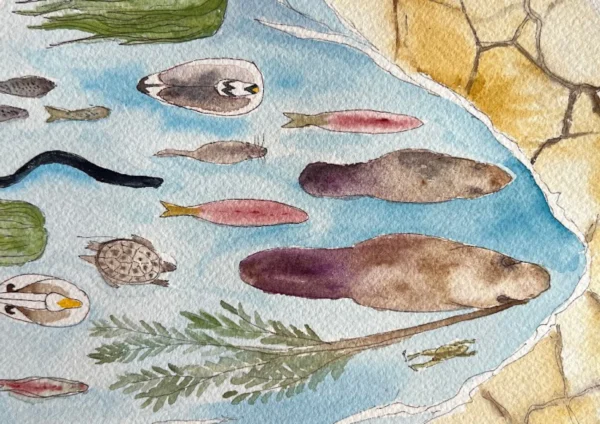
Exposition Météo des forêts
Entre constat des impacts de la crise climatique en cours et possibilité de résilience, l’exposition Météo des forêts propose des…

What is ecological thinking and how does it transform the way we understand materials, objects and environments? Taking off from Tim Morton’s concept of hyperobjects, this HotHouse asks how we might radically rework ecological thought and curate (care for) hyperobjects. Participants are invited to brainstorm about a future exhibition project on hyperobjects for the new gallery complex at the College of Fine Arts.
19 & 20 May 2011
Lowy Centre, University of New South Wales, Sydney, Australia
International keynotes
Timothy Morton, University of California Davis [Ecology without Nature; The Ecological Thought] on The Time of Hyperobjects: New Directions for Ecological Philosophy.
David Gissen, California College of the Arts [Subnature: Architecture’s Other Environment] on Reflux: From Environmental Flows to Environmental Objects
Workshop presenters
Paul Carter, Creative Place Research, Deakin University on Ontology and Turbulence
Gay Hawkins, University of Queensland on Political Matter
Stephen Healy, HPS/Environmental Studies, UNSW on Air Conditioning and Affect
Jill Bennett, NIEA, UNSW on Atmosphere
Frances Dyson, NIEA, UNSW on Serres and Sound
Stephen Muecke, Creative Writing, UNSW on Keeping Things Alive in their Place: the Vitalism of Human
Object Relations
Richard Goodwin, Douglas Kahn, Paul Thomas, Felicity Fenner and others on Curating Materials
Convened by Jill Bennett and Douglas Kahn
Upcoming: NIEA Winter Party, The Brickworks, Sydney Park in conjunction with the opening of Michael Nyman‘s Cine Opera, 28 May
Limited spaces. To register and purchase tickets, visit www.niea.unsw.edu.au/events
Entre constat des impacts de la crise climatique en cours et possibilité de résilience, l’exposition Météo des forêts propose des…
Une exposition qui explore les liens entre Deep Listening et écologie, dans le nouvel espace de la Fondation Pernod Ricard,…
Exposition sur le lien environnemental entre la rivière et le castor à l'Artothèque, Espaces d'art contemporain, Caen

